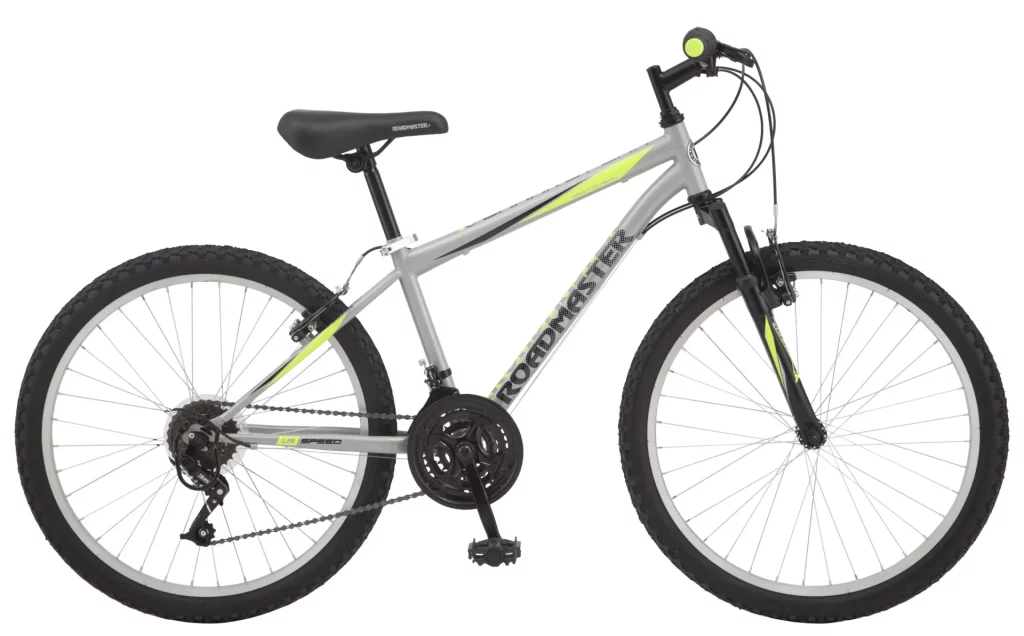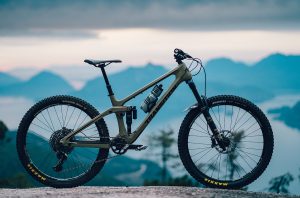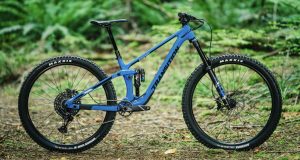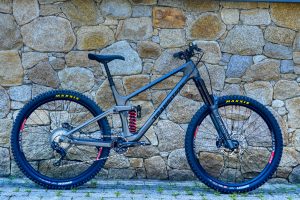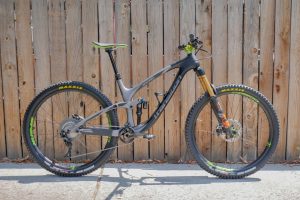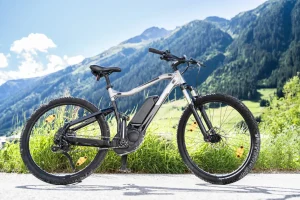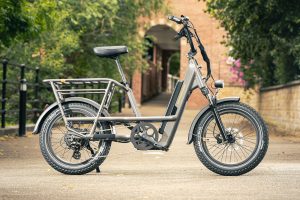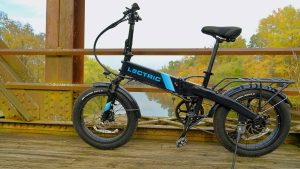When you own a Roadmaster 18-Speed Mountain Bike, you’re not just investing in a mode of transportation; you’re embracing a lifestyle. To keep your biking adventures going smoothly, it’s essential to maintain your bike regularly. In this comprehensive guide, we’ll provide you with valuable insights and practical maintenance tips to ensure your Roadmaster 18-Speed Mountain Bike remains in optimal condition, allowing you to enjoy your rides to the fullest.
Understanding Your Roadmaster 18-Speed Mountain Bike
1. Getting to Know Your Bike
Before diving into the maintenance process, let’s familiarize ourselves with the essential components of your Roadmaster 18-speed Mountain Bike. This step is crucial to understand what needs your attention during maintenance.
2. Inspecting the Frame
Begin your maintenance routine by thoroughly inspecting the bike’s frame. Look for any signs of damage, such as cracks or dents. Pay special attention to the welds and connections, as they play a vital role in the bike’s structural integrity.
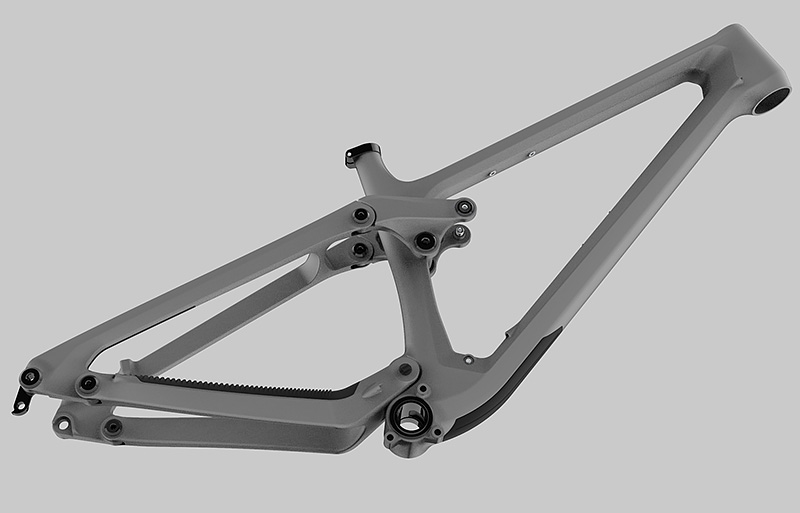
3. Checking the Tires and Wheels
The tires and wheels are your bike’s point of contact with the road. Inspect the tires for wear, cuts, or punctures. Ensure they are properly inflated according to the manufacturer’s recommendations. Also, check the wheels for true alignment.
Regular Maintenance Tasks
4. Cleaning Your Bike
A clean bike not only looks great but also functions better. Regularly clean your bike by washing it with a gentle detergent and water. Make sure to remove dirt and grime from the frame, gears, and chain.
5. Lubricating Moving Parts
Proper lubrication is essential to keep your bike running smoothly. Apply a suitable lubricant to the chain, derailleurs, and other moving parts to reduce friction and prevent rust.

6. Adjusting the Gears
The 18-speed system on your Roadmaster Mountain Bike provides versatility, but it requires occasional adjustments. Ensure that your gears shift smoothly and consistently. If you notice any issues, consult the manufacturer’s manual or seek professional assistance.
Safety Checks
7. Brake Inspection
Your safety depends on the brakes. Regularly check the brake pads for wear and ensure that they grip the wheel rims effectively. Adjust or replace them as needed.
8. Checking the Handlebars and Stem
Loose or misaligned handlebars can lead to accidents. Make sure the handlebars are properly secured and aligned with the front wheel. The stem should also be secure and at the right height for a comfortable riding position.
Advanced Maintenance
9. Wheel Truing
If your wheels develop wobbles or become unbalanced, it’s time to true them. This process involves adjusting the spoke tension to bring the wheel back into alignment. It’s a more advanced task and might require professional help.
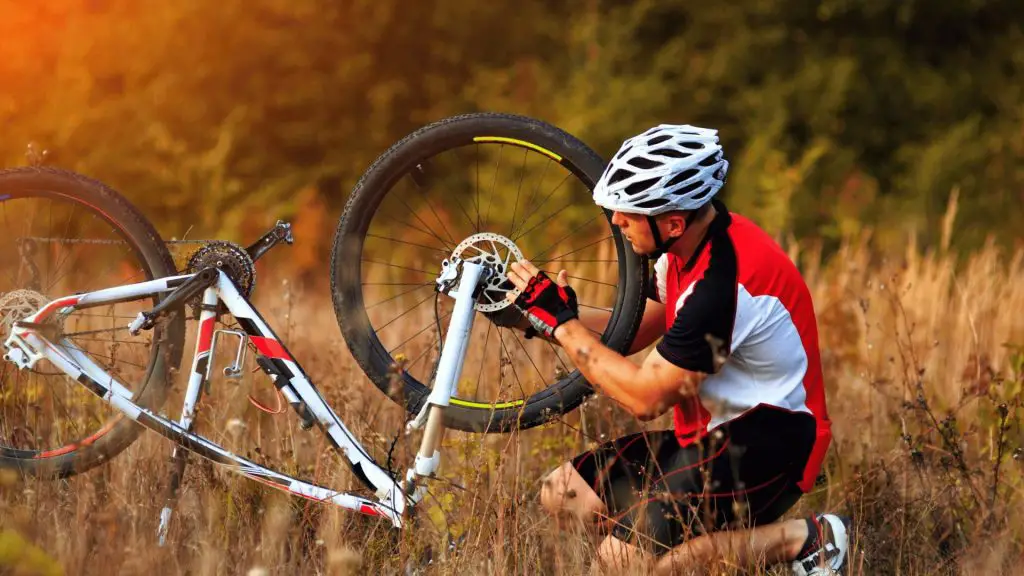
10. Replacing Cables and Housing
Over time, cables and housing can wear out. If you experience issues with your bike’s shifting or braking, it may be time to replace these components. Follow the manufacturer’s guidelines for the specific replacements.
Storage and Preservation
11. Storing Your Bike
Proper storage is crucial for maintaining your bike’s longevity. Store it in a dry, cool place, and consider using a bike cover to protect it from dust and moisture.
12. Rust Prevention
To prevent rust on metal parts, keep your bike dry and apply a rust inhibitor on critical areas like the chain and bolts.
Conclusion
In conclusion, maintaining your Roadmaster 18-Speed Mountain Bike is essential to ensure a safe and enjoyable biking experience. Regular inspections, cleaning, and lubrication are fundamental tasks, while more advanced maintenance should be carried out when necessary. With proper care, your bike will serve you well for years to come.
Frequently Asked Questions
1. How often should I clean my Roadmaster 18-Speed Mountain Bike?
Cleaning your bike every two weeks is a good practice, but frequency can vary depending on how often you ride and the terrain you encounter.
2. Can I perform all maintenance tasks myself?
Basic maintenance like cleaning and lubrication can be done at home, but for advanced tasks like wheel truing or cable replacement, it’s advisable to seek professional assistance.
3. What’s the ideal tire pressure for my bike?
Check the manufacturer’s recommendations, but a typical range is 30-50 PSI for mountain bikes.
4. What should I do if I notice rust on my bike?
If you spot rust, gently remove it with a fine-grit sandpaper, apply a rust inhibitor, and consider protecting the area with a clear coat of paint.
5. Is it necessary to wear safety gear while riding?
Absolutely! Always wear a helmet, gloves, and appropriate clothing to ensure your safety on the road or trail.
